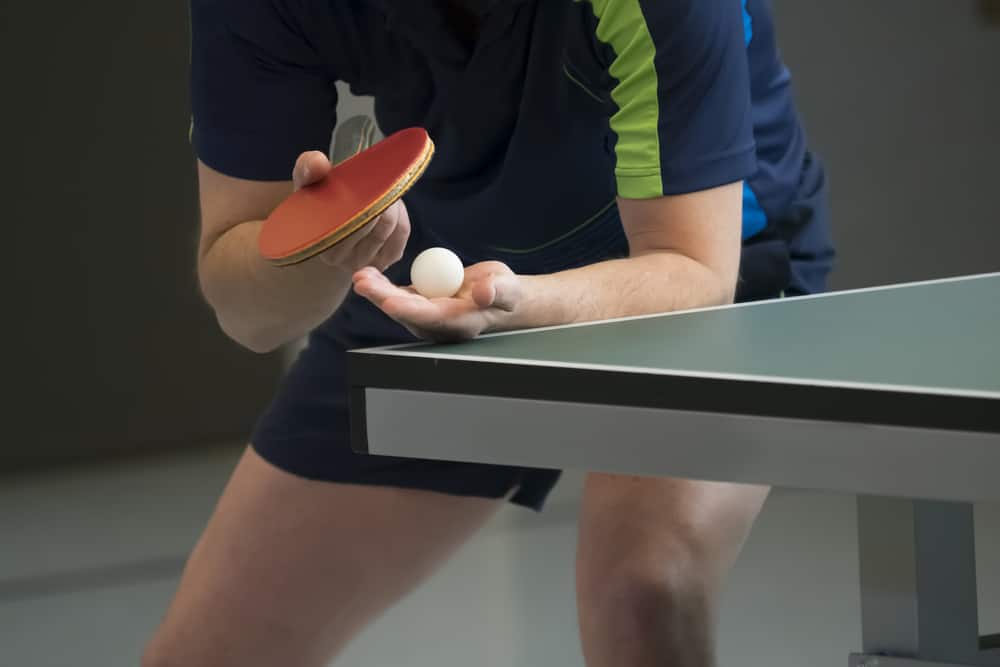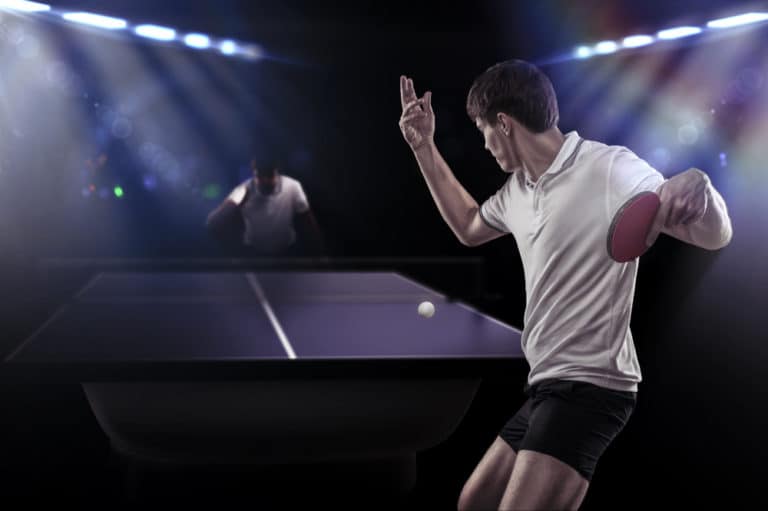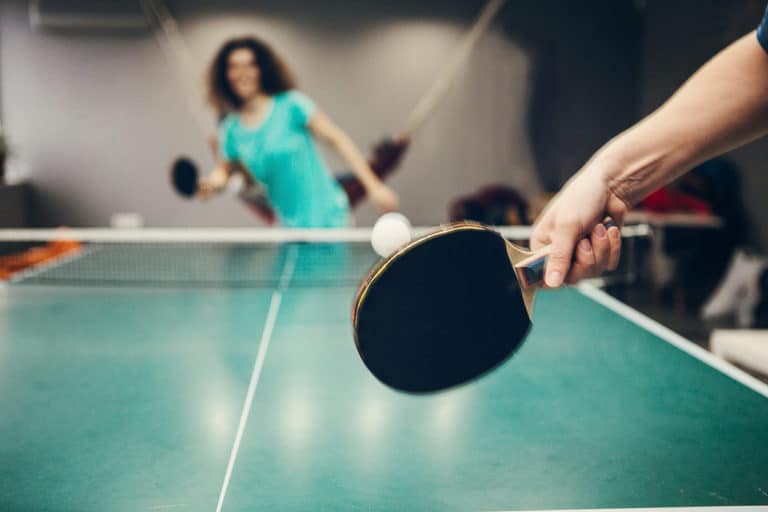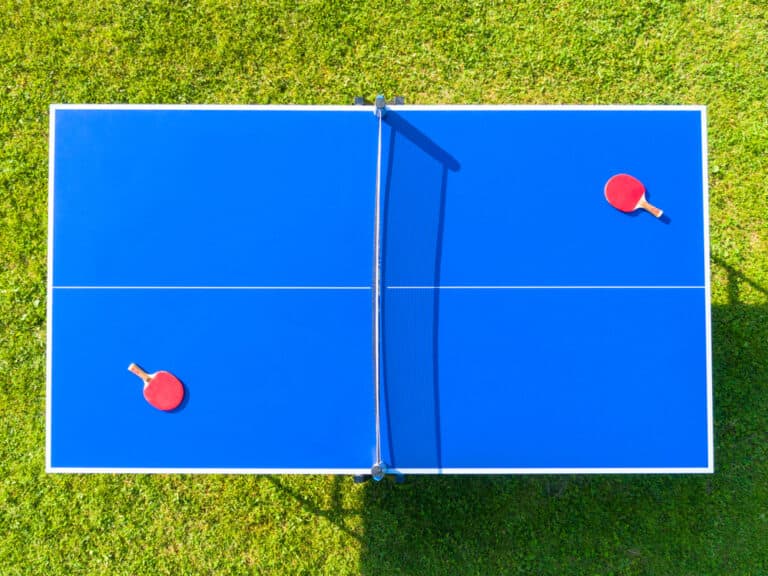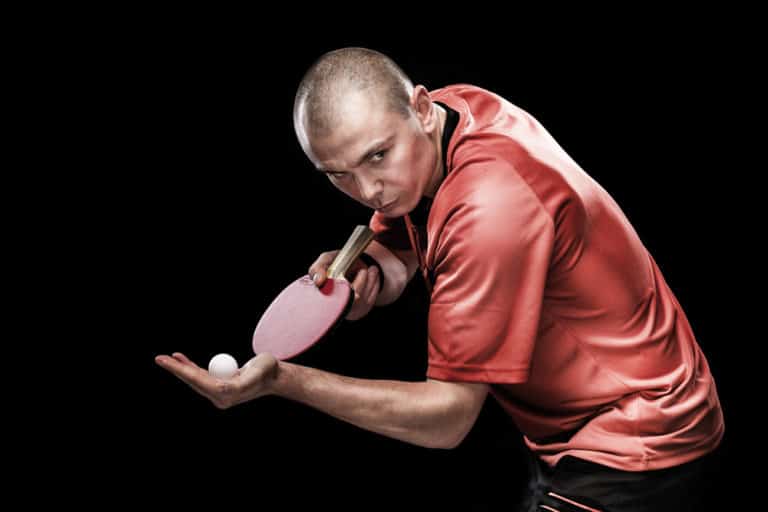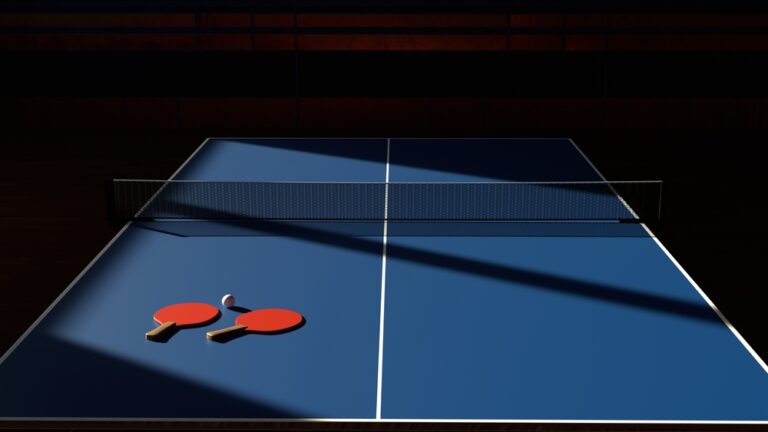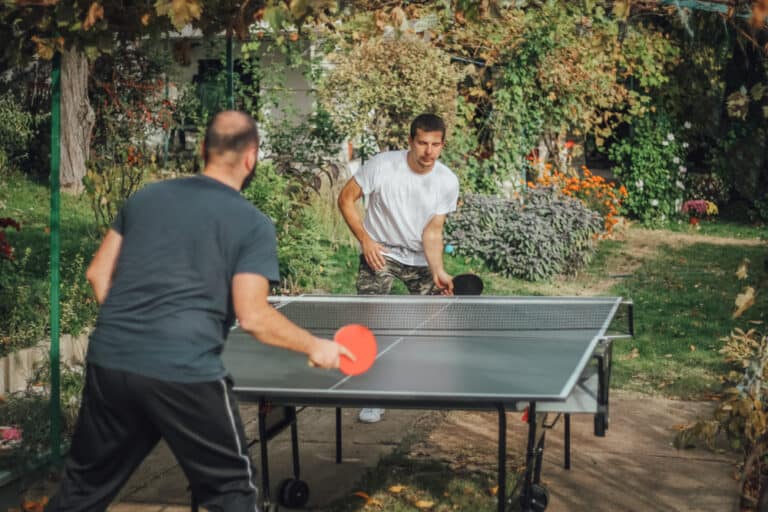Is A Ghost Serve Legal?
In table tennis, there are such amazingly technical trick shots that make us question whether they are allowed in a professional tournament. The “ghost serve” is so highly complex that even the most experienced players struggle to return it. So, is it legal to play a serve like that, and how many times can you do it?
The Ghost serve is considered appropriate and legal in a professional game as it’s an advanced form of the backspin that still adheres to all the rules. Although nothing prohibits the constant use of the serve, your opponent will be able to return it effectively, once expected, as it is a slow serve.
Therefore, the ghost serve is an effective option as an element of surprise, but once the opponent expects it, they can return it with speed and power as it is a slow serve that also requires height to spin back effectively. But, what makes the ghost serve so impressive, and why is it considered legal by professionals? And, are there any types of serves that are illegal?
Why Is The Ghost Serve Considered Legal?
The serve was popularized by the professional player Ma Lin and is a complex serve that involves adding a spin to the ball so that it returns. It is also accompanied by fake motions to confuse the opponent. Seeing this serve for the first time makes you question its legality; however, the serve does adhere to all the rules and is considered an impressive serve.
Therefore, if you are practicing the ghost serve, make sure it follows the following rules to keep it legal:
- The ball should be visible at all times. Ideally, the ball should rest in the palm of your hand without your fingers gripping the ball. It’s against the rules to manipulate the ball in any way with your hand, like spinning it before it touches the bat; therefore, the ball needs to be seen by the opponent.
- Tossing the ball in the air before hitting it also has its requirements. The ball has to move upwards before the serve and not in any other direction. Partly due to the ball required to be visible, you have to toss it about 6 inches straight in the air.
- The first strike, when serving, should take place behind the line. Therefore, if you are ghost serving, make sure that you toss and strike the ball behind the line.
- Regarding the ball’s placement, you can serve it in any spot you choose in a singles game as long as it bounces twice, once before and after the net.
It will be legal and impressive if a ghost serve doesn’t break any of these rules. The ghost serve is impressive, but only if you can master the backspin and the “deception.”
How Do You Return The Ghost Serve?
What makes the ghost serve the most challenging is the heavy backspin and “deceiving” action that makes the opponent assume the ball will be much faster. Before looking at tips that will help you return the ghost serve, it’s vital to note that although the ghost serve is impressive, it’s not always ideal.
The ghost serve is a short slow serve with the sole intent of spinning back to the server. Due to the technicality of the serve, the opponent will be able to move closer to the table and angle the return to the server’s weak side. Serves that bounce more than once on the table and move slowly are generally considered weak serves.
That being said, here are a few tips to help you return the ghost serve:
- Firstly, start by studying the server you’re competing against. How do they prepare before they serve, and what behavior do they have that might indicate they will play a ghost serve?
- Secondly, you should try to make contact with the ball as soon as possible before it starts to spin heavily. A simple drop shot will suffice as you lift the ball slightly over the net with little force, angling the ball to an uncomfortable position for the server.
- Finally, keep your elbow close to your body, and don’t grip the paddle too tightly. The goal is to build up speed in your wrist without using too much force and energy from the whole body.
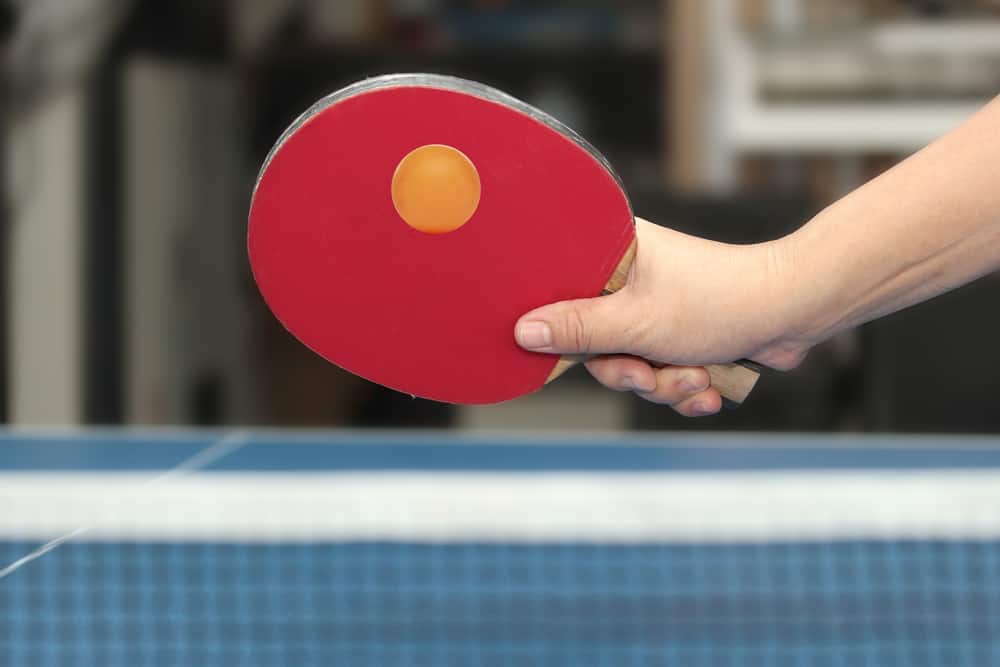
What Other Popular Serves Are Also Legal?
The ghost serve is a highly professional skill that is difficult to return and master. Although it’s quite a famous serve, it’s not the most popular as the ability to make it spin requires more air and less speed, making it easy for the opponent to aggressively return if they are expecting it.
However, other serves of a similar caliber are also legal if you can perform them accurately. The following are the most popular legal serves:
- Forehand Pendulum
To accurately perform the serve, you tilt your body slightly to your paddle-hand side and move your body towards the ball as you make contact with it using your forehand. It’s an uncomfortable shot to play on the backhand for the opponent, making it challenging to play the ball in the center, which puts the server in control as the ball will most likely be played to the forehand.
However, the serve is quite a common one making it one of the most practiced serves, meaning it might not be as effective in gaining points in professional tournaments.
- Backhand Spin
Playing the backspin, moving the paddle from the left side of the body to the right, is an ideal serve as you can alter the spin variations. The position allows you to serve a backspin, topspin, or even a non-spin making it difficult for the opponent to accurately decide how to return. However, it does put the server in a backhand position, making it difficult to play a quick return from the opponent.
- Forehand Tomahawk
With the blade facing the opponent, moving from left to right, the serve can be performed from the backhand and the forehand. The serve is often directed at the opponent’s wide forehand as the spin unexpectedly breaks away. Similar to the ghost serve, getting a consistent full range of spin is difficult, making it an ideal surprise serve and not a standard serve.
Conclusion
Although there is some controversy regarding the ghost serve’s effectiveness and impressiveness, it is a famous and legal serve in the table tennis community. Many professional players will often use it as an element of surprise to try and gain a point, but most will not use it as a standard serve as it’s a short serve with little speed.

